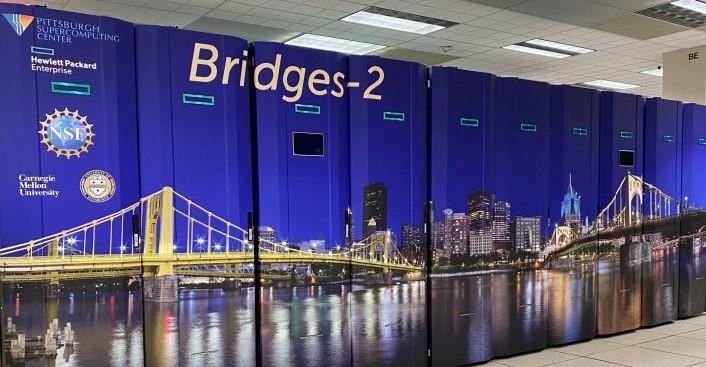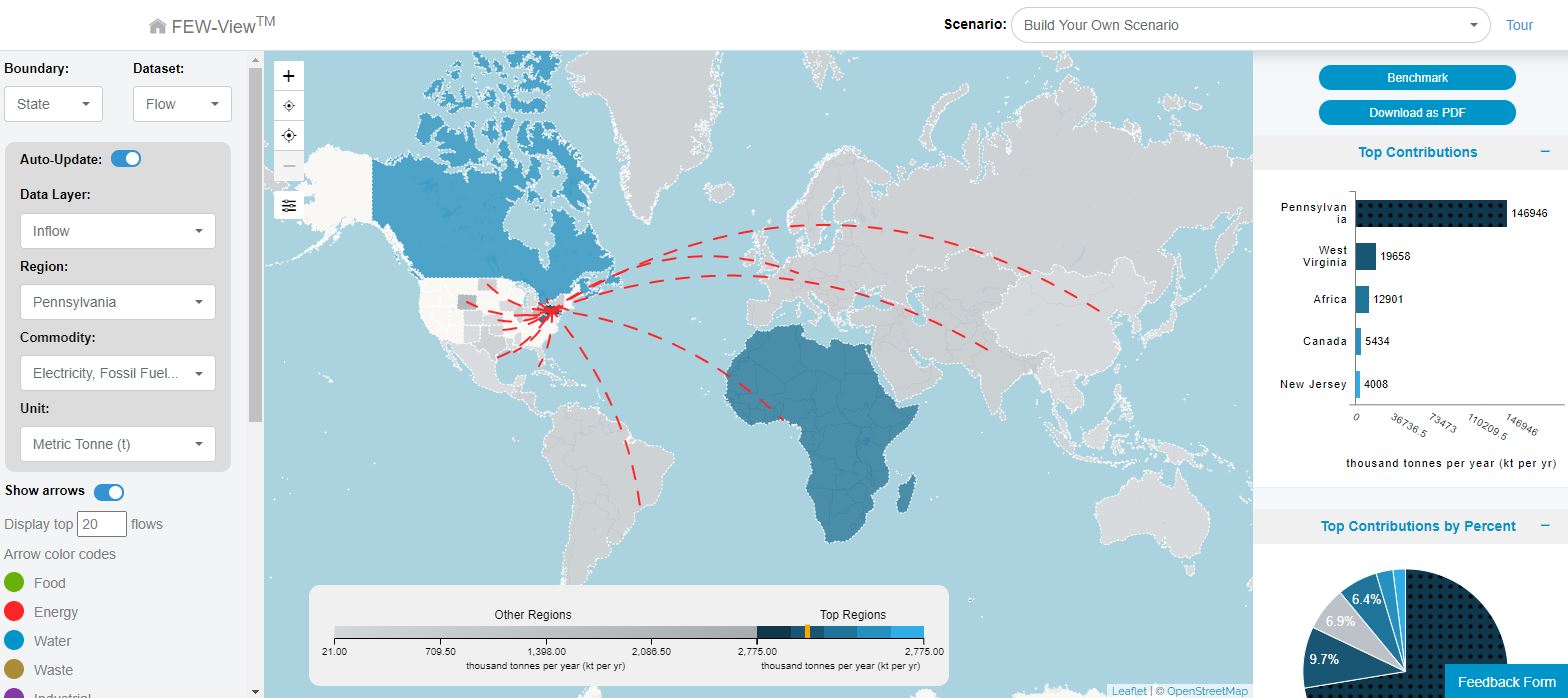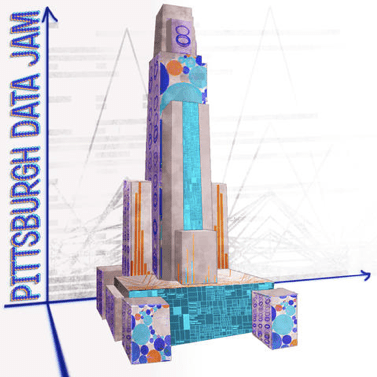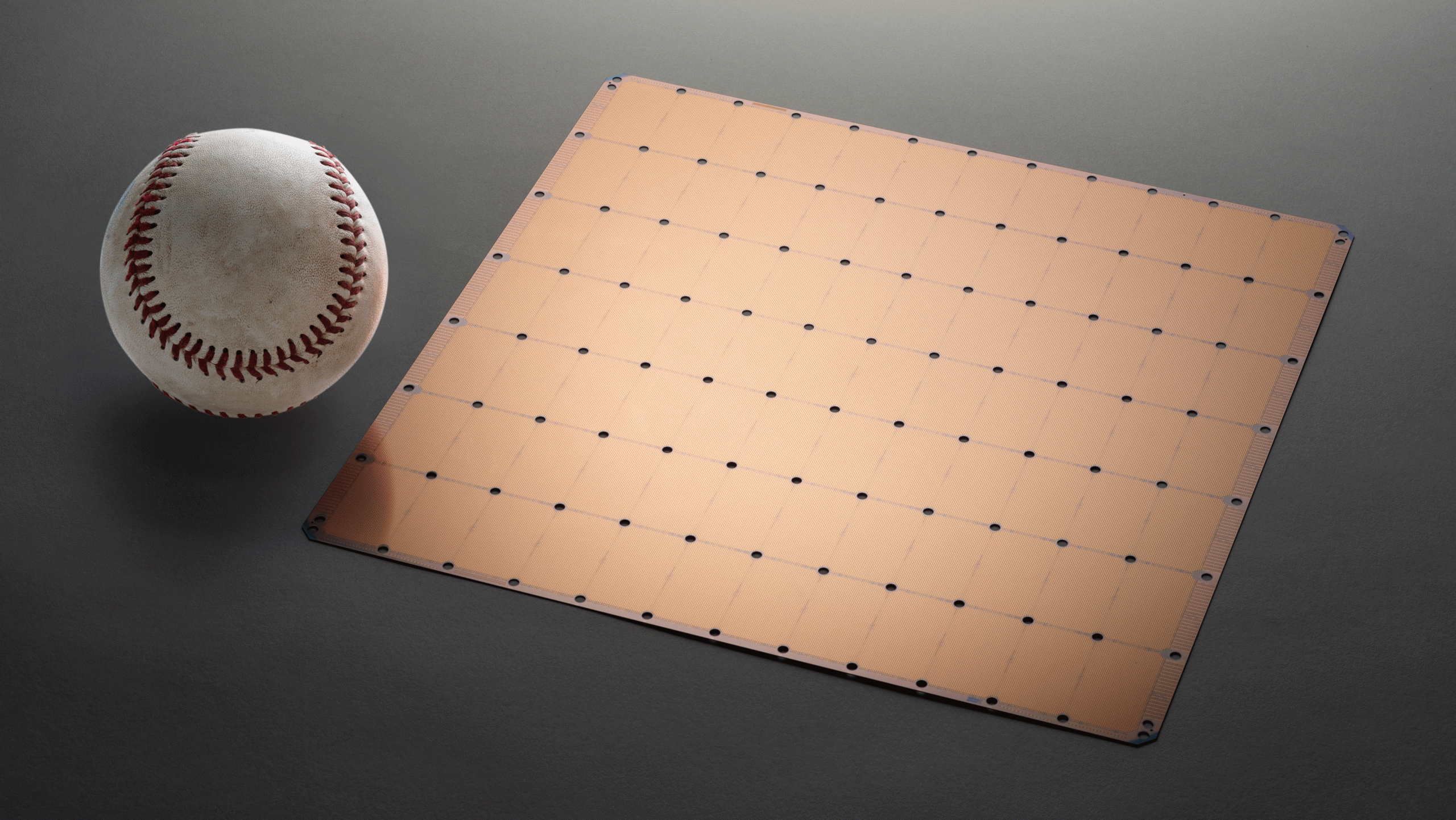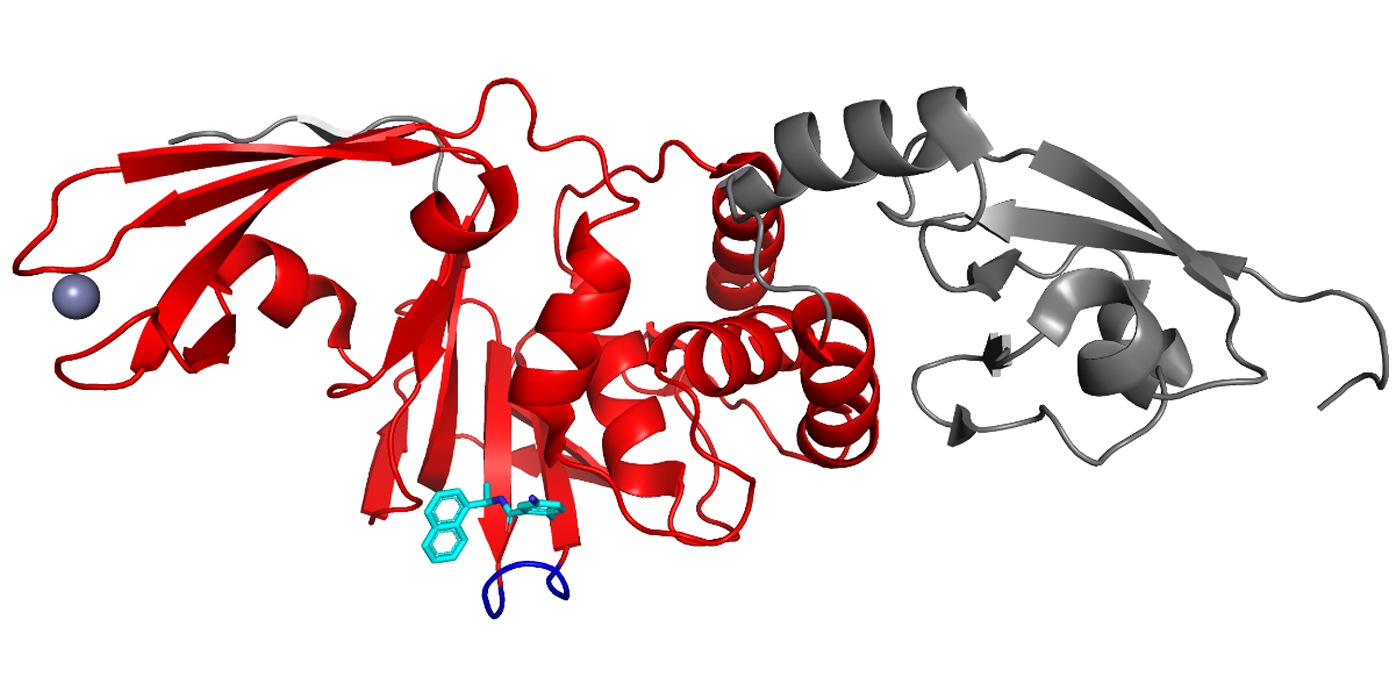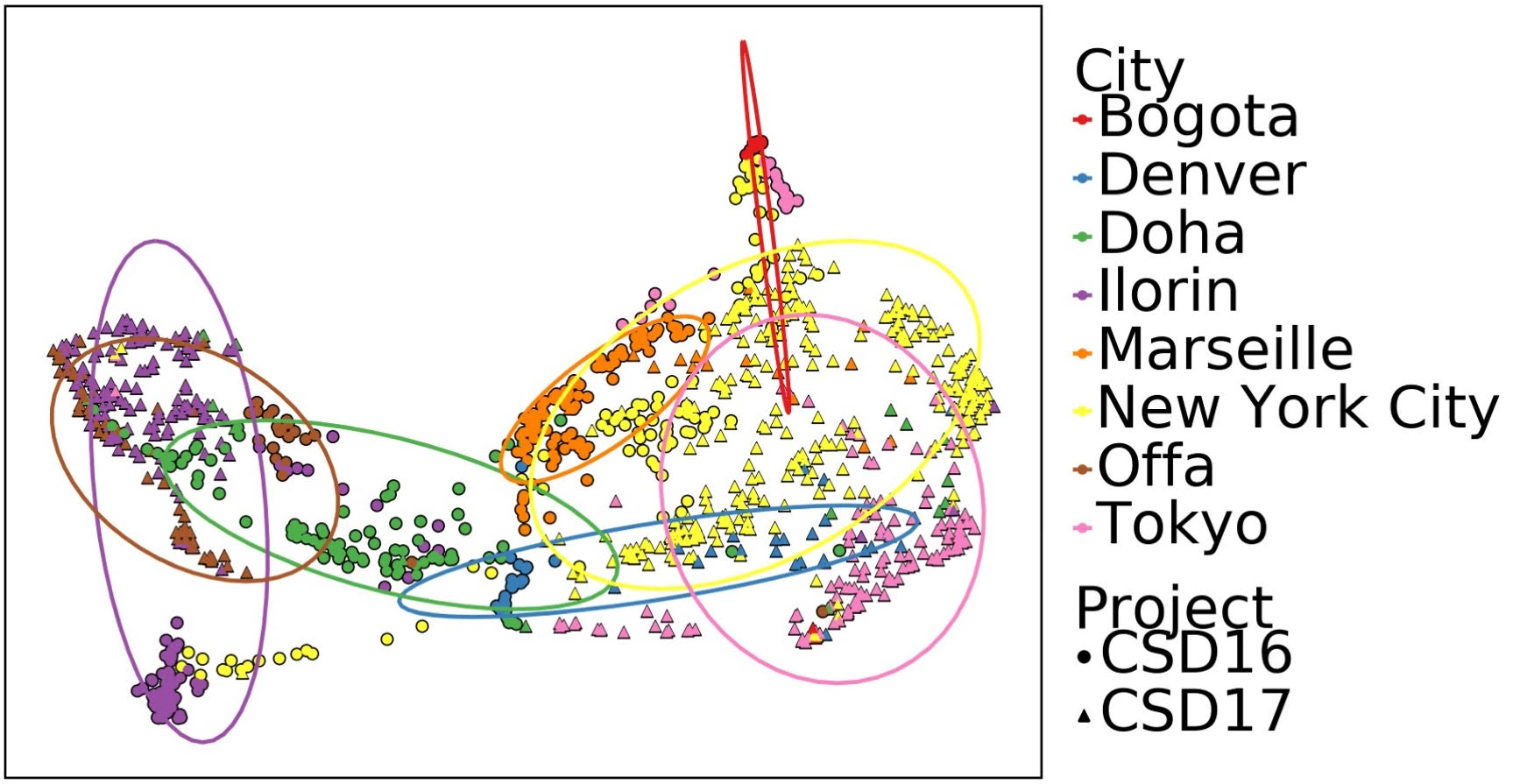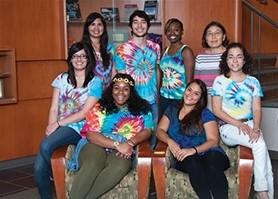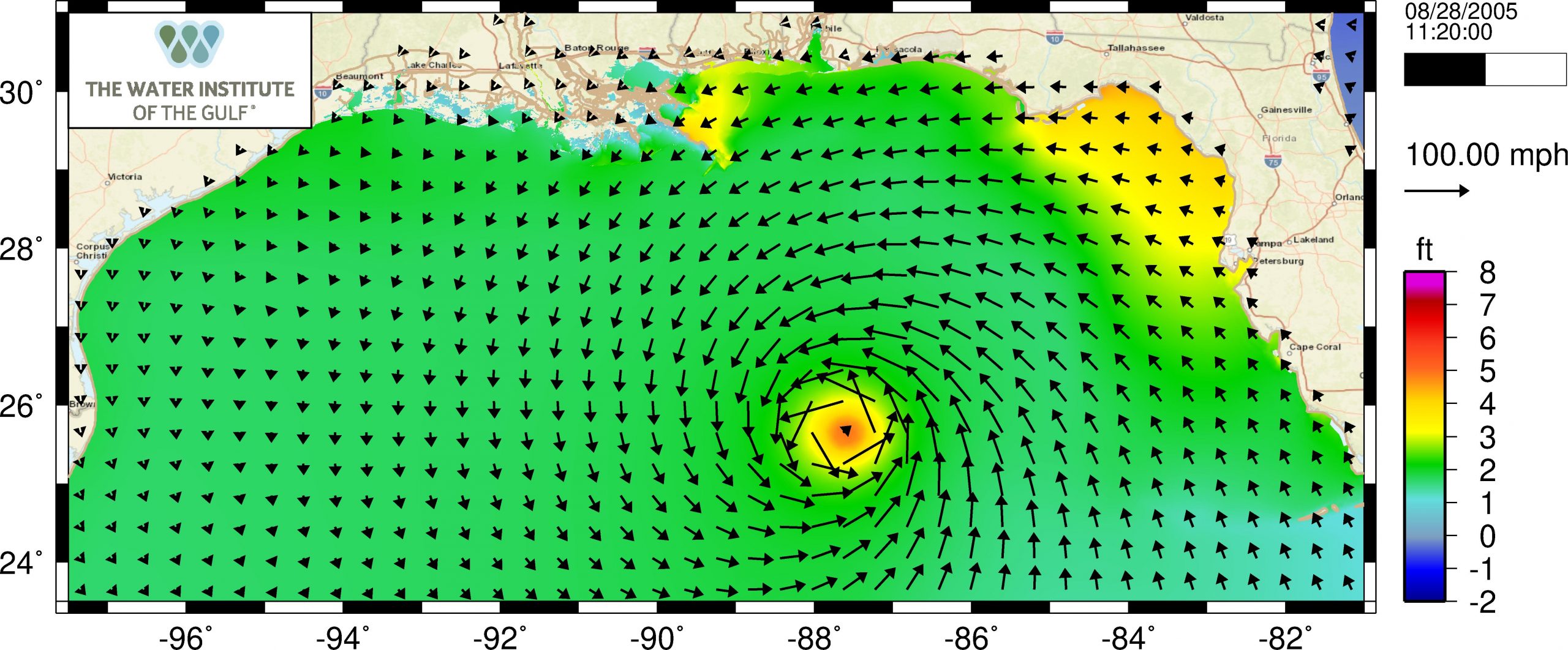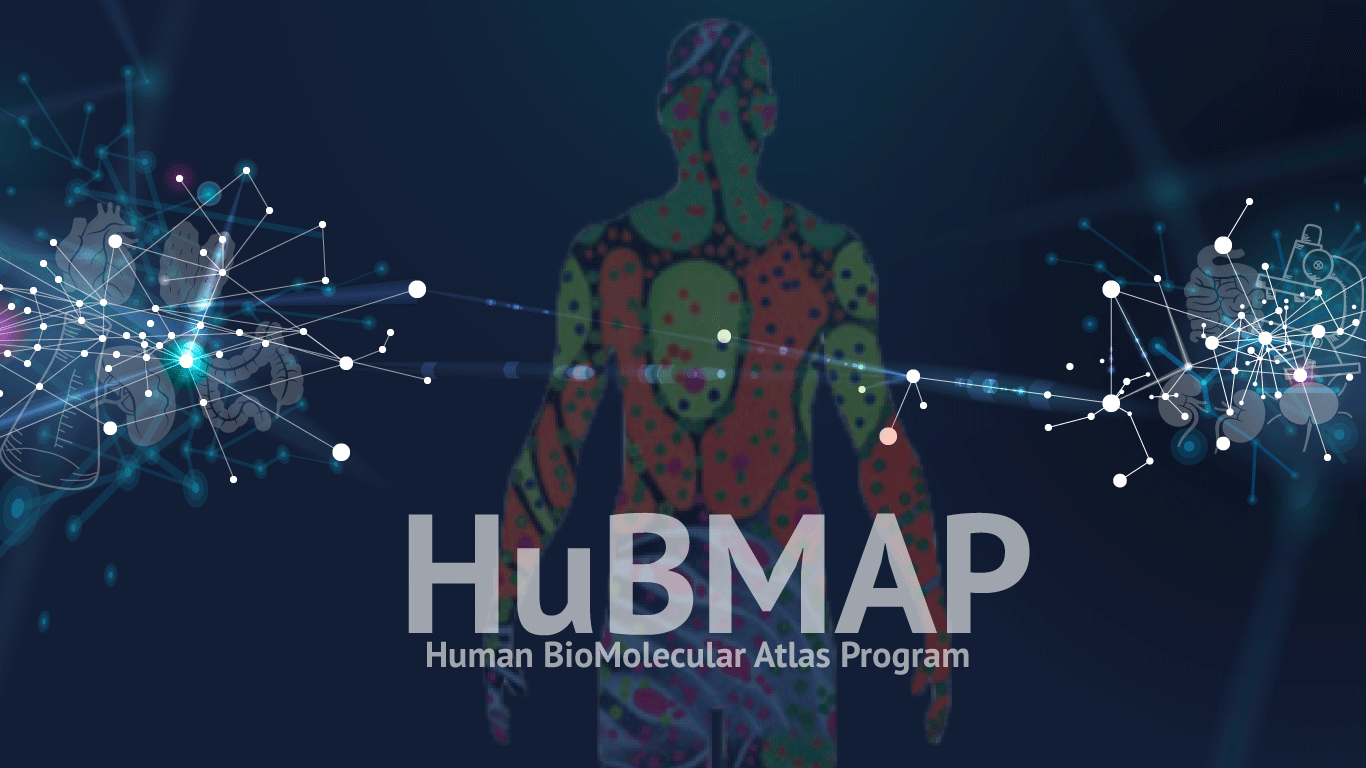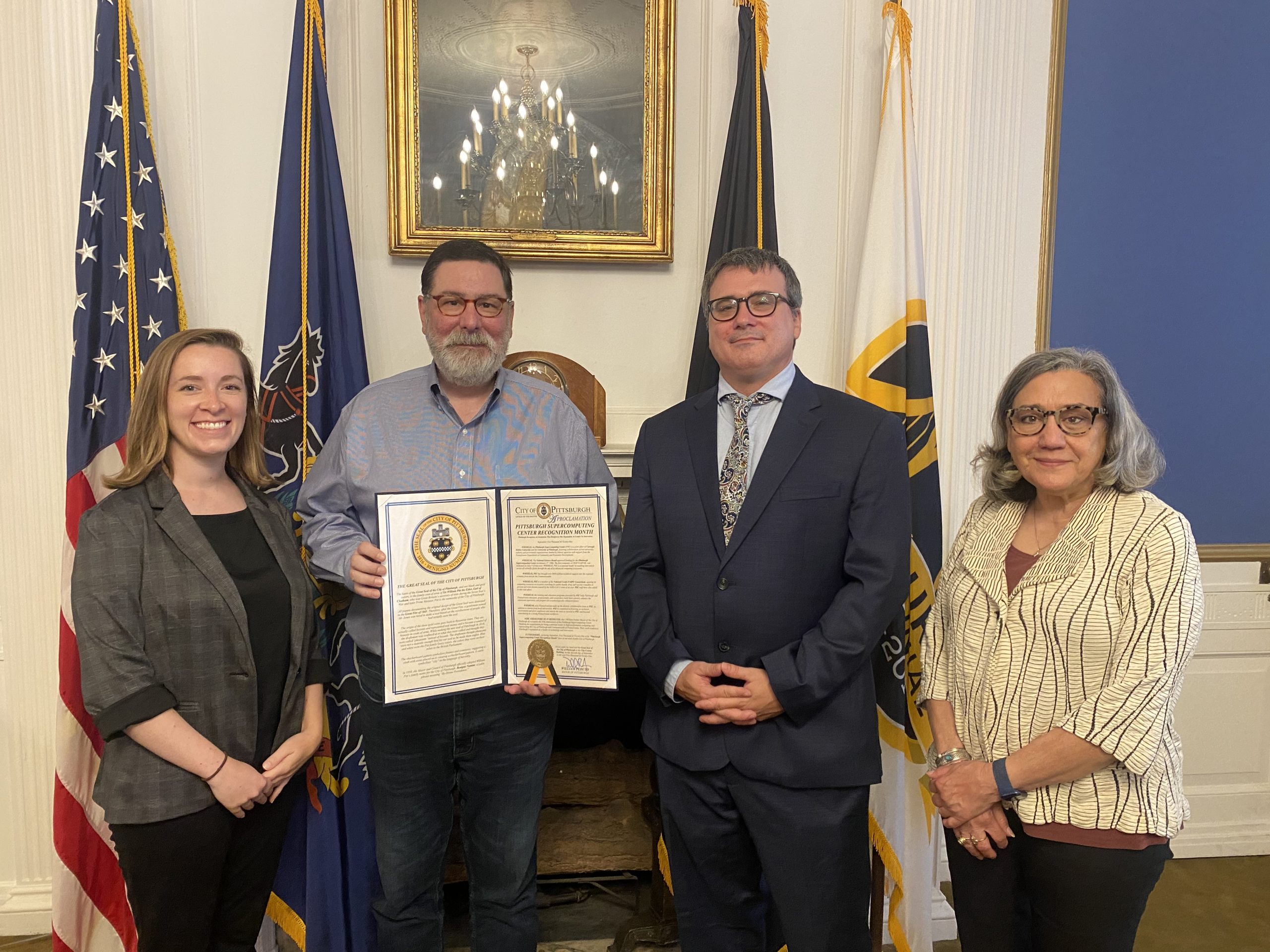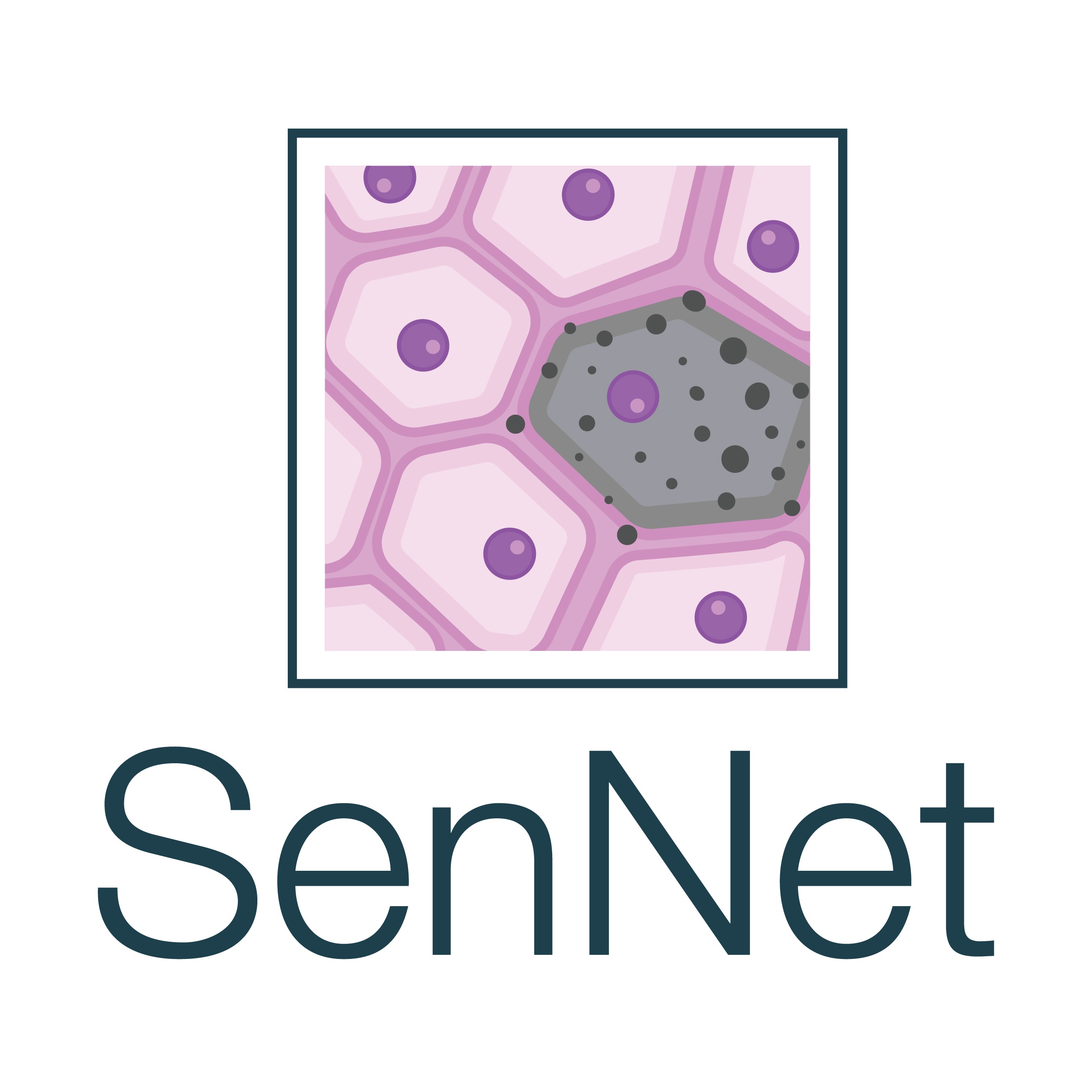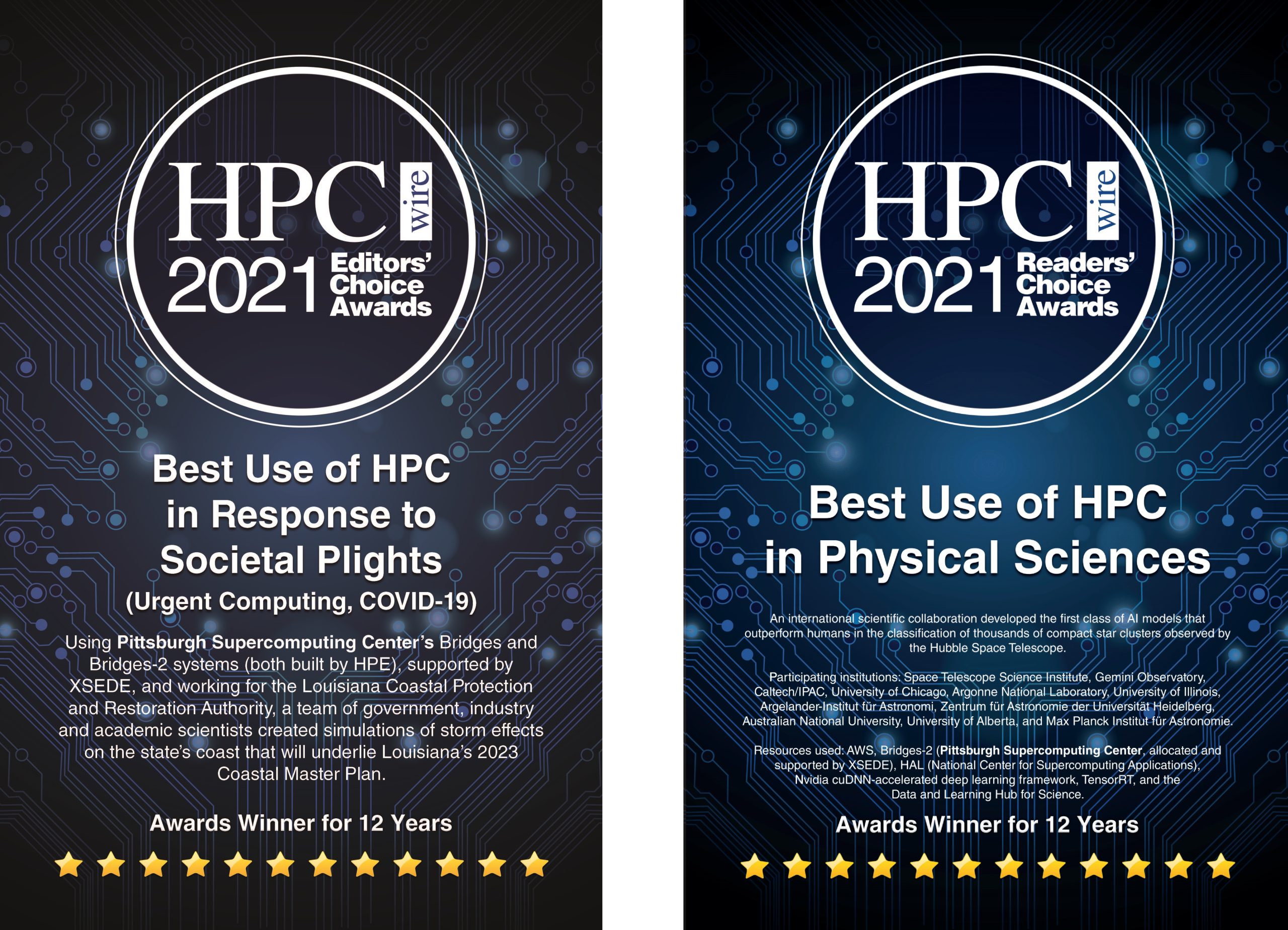2021 was a big year for PSC, and I’d like to take this time to celebrate and reflect on our accomplishments. This 2021 wrap-up includes some of my favorite stories from the year that highlight our people and the research we’ve been fueling.
This year marked our 35th anniversary at PSC, and we honored that with a number of proclamations from the city all the way to the federal level. Thank you to all of the government officials who honored our anniversary and our contributions to Pittsburgh and Pennsylvania, and for all of the photo ops that went along with it. We’re excited for the next 35, and I think the research that came out of the center this year will show why.
In March, we launched Bridges-2 – our largest capacity machine to date and the successor to Bridges, which we then retired. Bridges and Bridges-2 supported this project from the Water Institute of the Gulf simulating hurricanes along Louisiana’s coastline. That research was used to inform the state’s coastal master plan, and it won our team one of two HPCWire Awards this year, given to leaders in the global HPC community. It’s our 12th consecutive year winning one of these awards – no small feat!
We keep saying to partners, friends, and new colleagues that advanced research computing is everywhere. Two major projects supported by PSC this year proved that. As you’re waiting for your Amazon packages and searching for your critical ingredients for Christmas dinner, you might think about this story: researchers at Northern Arizona University developed a series of online tools using Bridges to track supply chain performance – the first of its kind to integrate data for many national supply chains in one package. Another interesting and newsworthy story – even the New York Times thought so – is this one about microbes and bacteria in various global subway stations. Basically, these researchers at Weill Cornell figured out that different subway stations have their own distinct environments of microbes, many featuring previously undiscovered species.
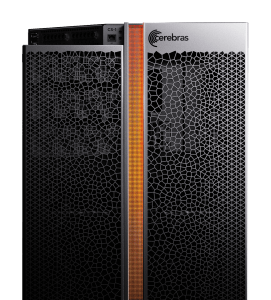
Artificial Intelligence has provided a transformative power to harness data across the spectrum of computational research. We’ve got a lot of support for AI with our Bridges-2 platform , and are taking it to a new level with our Neocortex machine, which can take AI to a scale never before possible. In partnership with Cerebras and Hewlett Packard Enterprise, we launched Neocortex this year with a successful early user program. We’re now welcoming the first batch of new users onto Neocortex, who will get to start their research in full swing in the new year. Two Bridges-2 projects caught my attention this year, because they were led by our university partners. In a partnership with Pitt, a team of researchers developed a tool for stamp recognition in Japanese documents – an interesting and unique use of AI and machine learning. Earlier this year, researchers at Carnegie Mellon University created a new tool for identifying potential anti-COVID chemical compounds. We almost made it through an entire letter without mentioning COVID – but this mention is absolutely worth it. This research is hugely important, and we’re proud that it is happening so close to home. We continue to be grateful for our strong and growing partnerships with both Pitt and CMU, and these research projects are only some examples of that.
In addition to launching new machines, PSC became part of a new consortium this year funded by the National Institutes of Health. SenNet – the Cellular Senescence Network – will create a navigable, 3D map of the human body that offers data and analysis on cellular aging, or senescence. Our team is working with partners at Pitt and CMU as part of SenNet’s Organization and Data Coordinating Center, to provide computing software and hardware, and data and analytical tools. The collaboration leading this effort is the same team that leads HuBMAP, the Human Biomolecular Atlas Program, which is another NIH-funded consortium that PSC has been proud to be part of for the past four years. HuBMAP is working to build an atlas of the human body at the single-cell level, focusing on healthy tissue. This year, our team helped launch new data and tools for HuBMAP that will enable researchers to move into the next phase of 3D mapping for this exciting project.
 I can’t forget our STEM education programs – our BEST program, which educates high school teachers about bioinformatics and gives them curriculum tools for their classrooms, celebrated its 15th year this summer! We caught up with student and teacher program beneficiaries and it really highlights the benefits and importance of the program. We also continue to be part of the Pittsburgh Data Jam, which won recognition earlier this year for bringing data education to high school classrooms, and we’re looking forward to an even bigger program in 2022. These programs help us stay connected to our community and we’re grateful to our partners who make them possible.
I can’t forget our STEM education programs – our BEST program, which educates high school teachers about bioinformatics and gives them curriculum tools for their classrooms, celebrated its 15th year this summer! We caught up with student and teacher program beneficiaries and it really highlights the benefits and importance of the program. We also continue to be part of the Pittsburgh Data Jam, which won recognition earlier this year for bringing data education to high school classrooms, and we’re looking forward to an even bigger program in 2022. These programs help us stay connected to our community and we’re grateful to our partners who make them possible.
Thank you for reading all about our highlights of 2021 – and thank you to those who have been part of it. PSC is a team effort, in which so many play an important and necessary part. These achievements, and the many others not mentioned are a testament to what we can accomplish together.
Shawn Brown
Director, PSC


